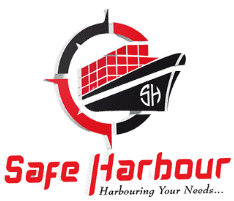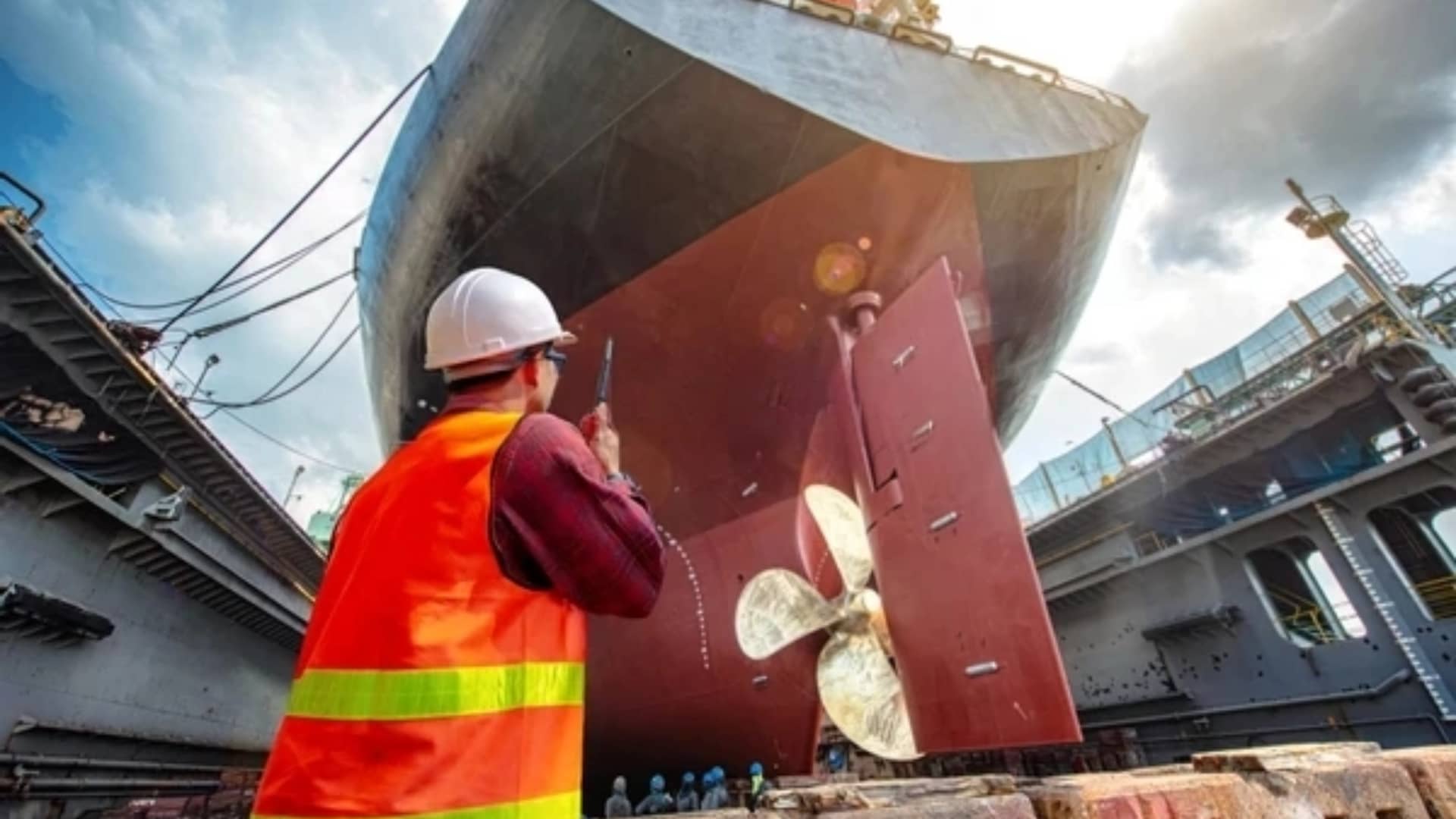At Safe Harbour, we understand the importance of marine safety and strive to provide our clients with comprehensive solutions. However, when it comes to ensuring maritime operations’ safety, various requirements must be met. These requirements are typically categorized into three main types: regulations, standards, and guidelines. Let’s explore each of these Types of Marine Safety Requirements: Regulations, Standards, and Guidelines.

-
Regulations
Marine safety regulations are legally binding rules set forth by governmental authorities. They are designed enforce safety standards and ensure compliance with specific requirements in the maritime industry. These regulations cover many areas, including vessel construction, navigation, crew qualifications, emergency procedures, and environmental protection. Compliance with regulations is crucial for maintaining the safety of ships, crew members, and the marine environment.
At Safe Harbour, we have in-depth knowledge of the latest marine safety regulations. Our team of experts can steer you through the complex regulatory landscape and help ensure that your vessels and operations meet all the requirements. In addition, we provide comprehensive compliance services, including regulatory audits, documentation reviews, and assistance in developing and implementing safety management systems.
-
Standards
Marine safety standards are technical guidelines and specifications developed by recognized organizations and industry bodies. They provide a framework for best practices in maritime safety, such as vessel design, equipment installation, maintenance procedures, and crew training. While compliance with standards is not mandatory, adhering to them demonstrates a commitment to safety and can improve operational efficiency.
At Safe Harbour, we stay up-to-date with the latest industry standards and can assist you in aligning your operations with these guidelines. Our team of experts can conduct gap analysis assessments to identify areas where you may need to improve your safety practices. We also offer customized training programs to ensure your crew members are well-versed in the relevant safety standards.
-
Guidelines
Marine safety guidelines are non-binding recommendations by industry organizations, government agencies, and international bodies. However, they provide valuable insights and best practices for enhancing safety in specific areas, such as navigation, firefighting, pollution prevention, and emergency response. While not legally enforceable, following these guidelines can significantly contribute to the overall safety of maritime operations.
At Safe Harbour, we understand the importance of incorporating guidelines into your safety management systems. Our experienced consultants can help you develop and implement customized safety guidelines tailored to your operations. In addition, we provide ongoing support and monitoring to ensure your policies remain practical and up-to-date.
Meeting Marine Safety Requirements is critical to operating in the maritime industry. Safe Harbour offers a comprehensive range of services to help you comply with regulations, standards, and guidelines.

In addition, our expertise and commitment to safety allow us to provide tailored solutions to meet your unique needs. So trust Safe Harbour for all Types of Marine Safety Requirements: Regulations, Standards, and Guidelines, and let us help you guide the waters with confidence and peace of mind.
Call us today to learn more about our marine safety services and how we can assist you in meeting your specific requirements.

